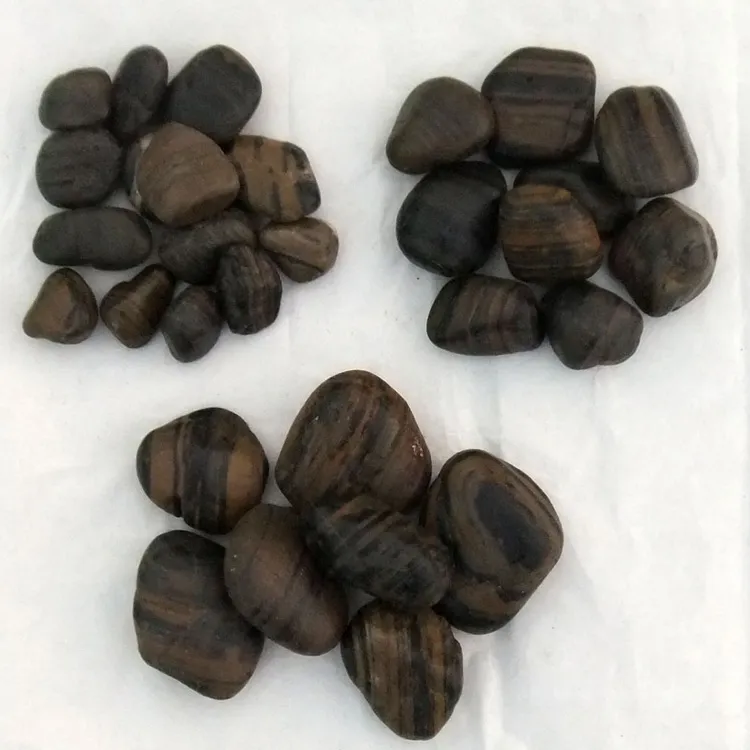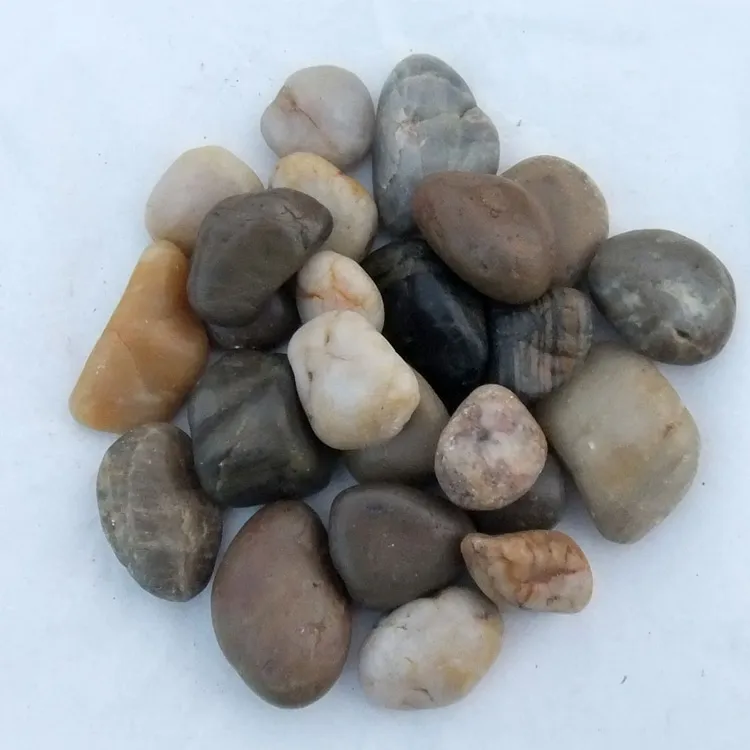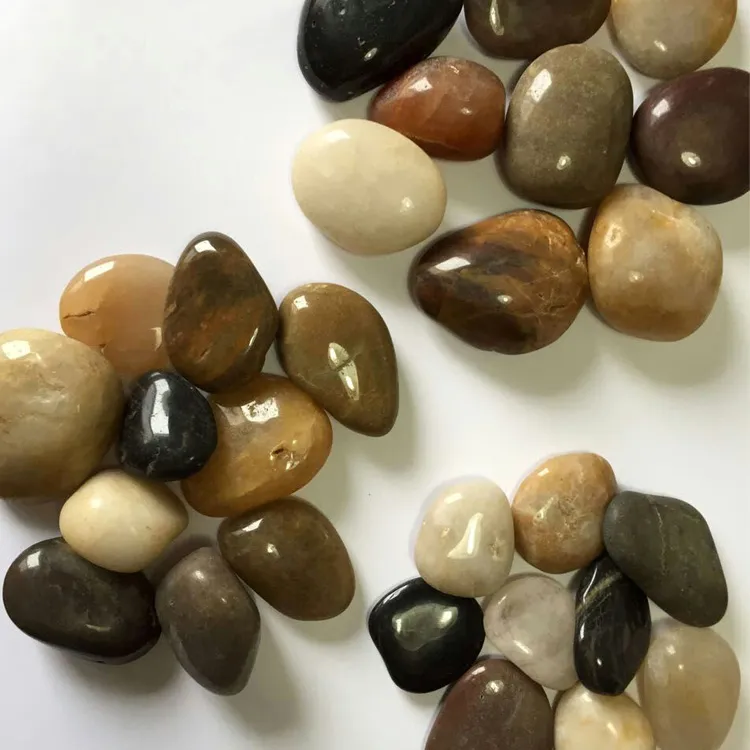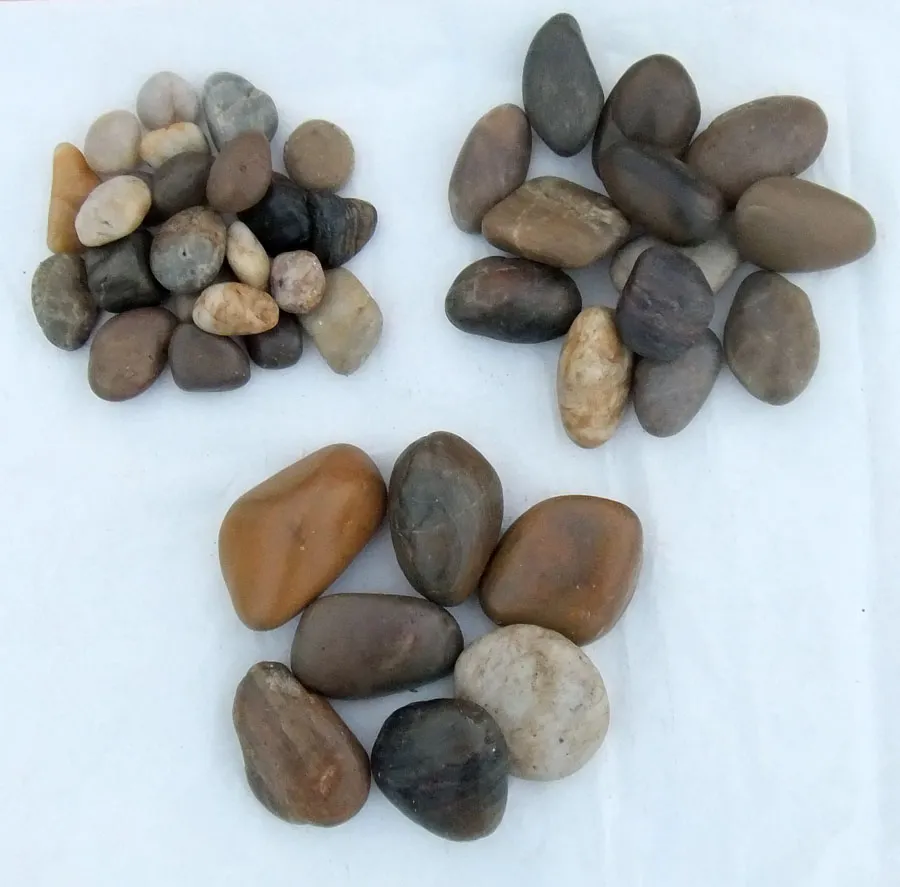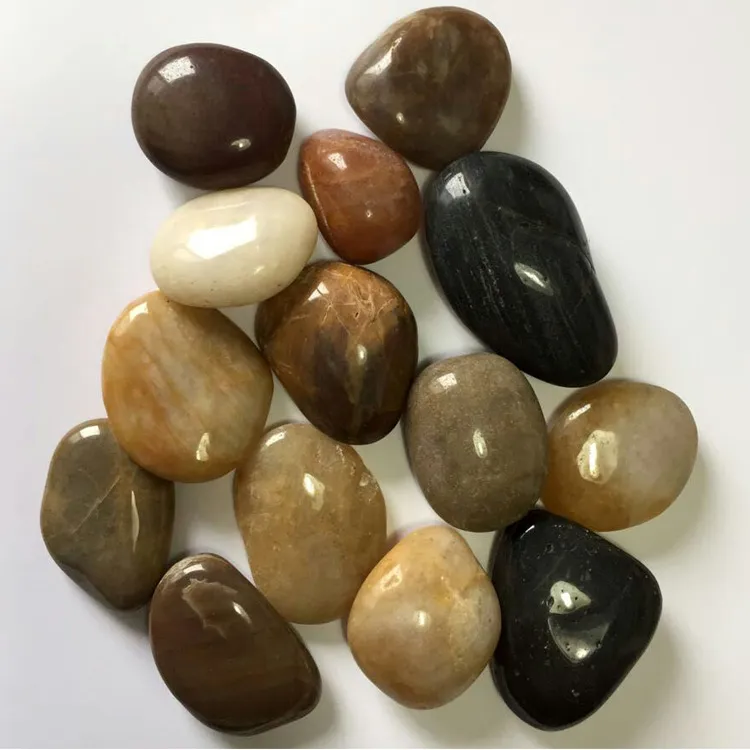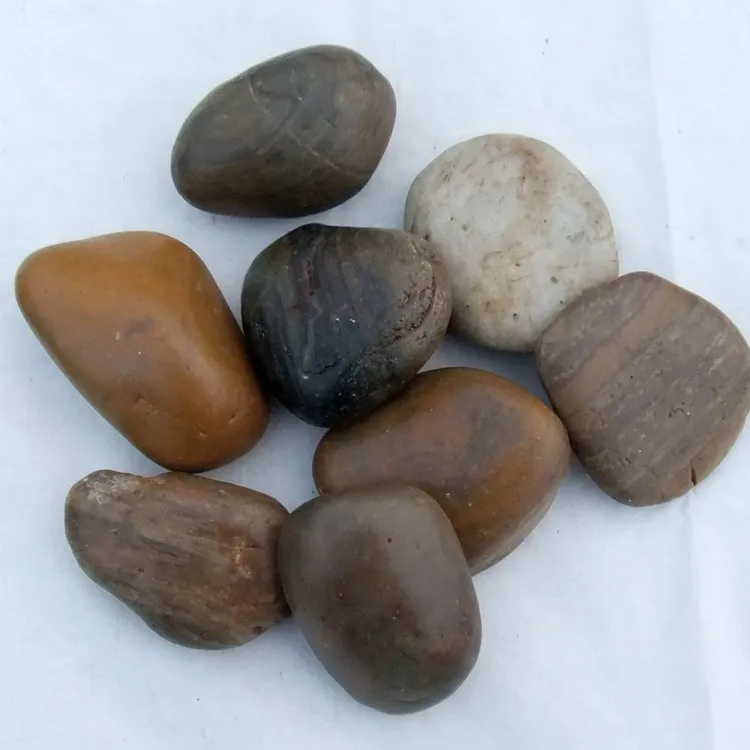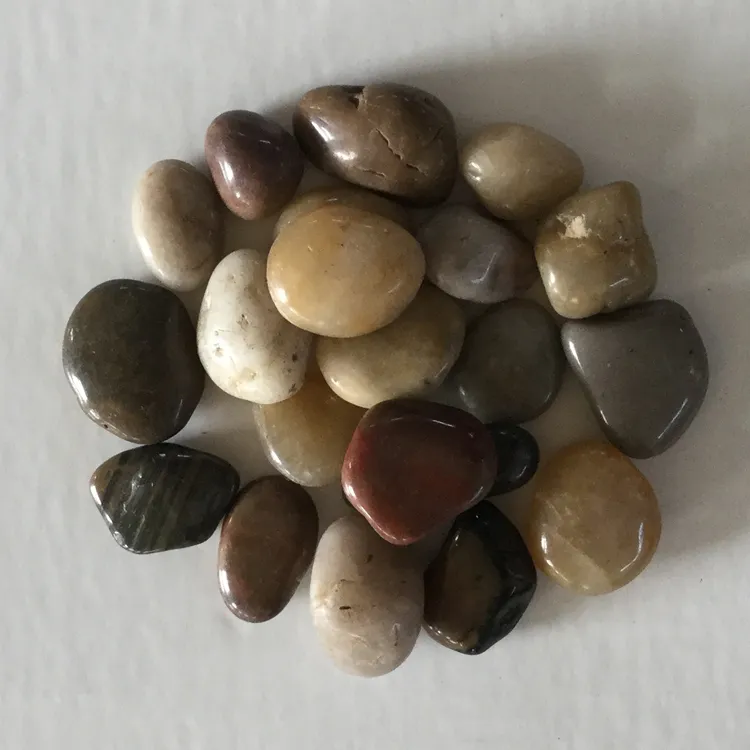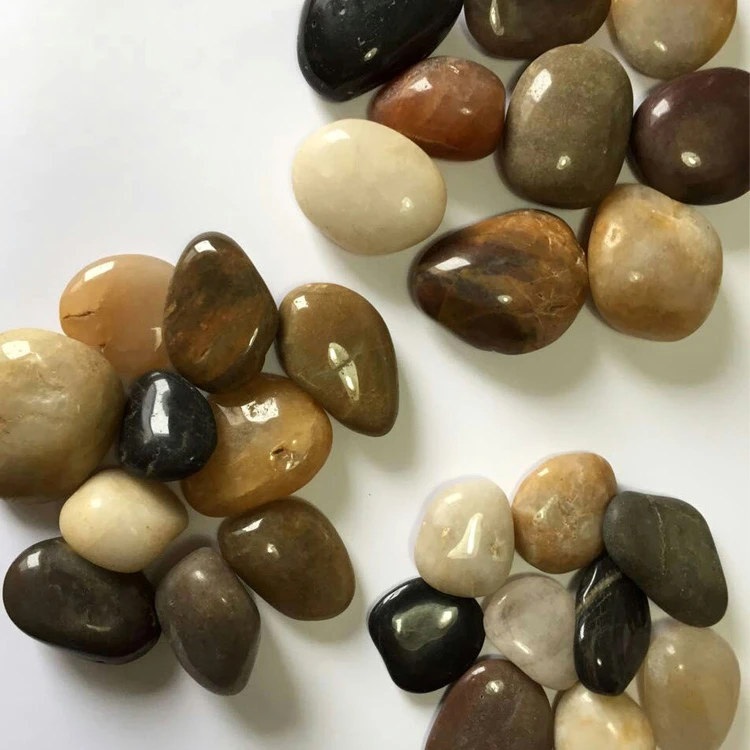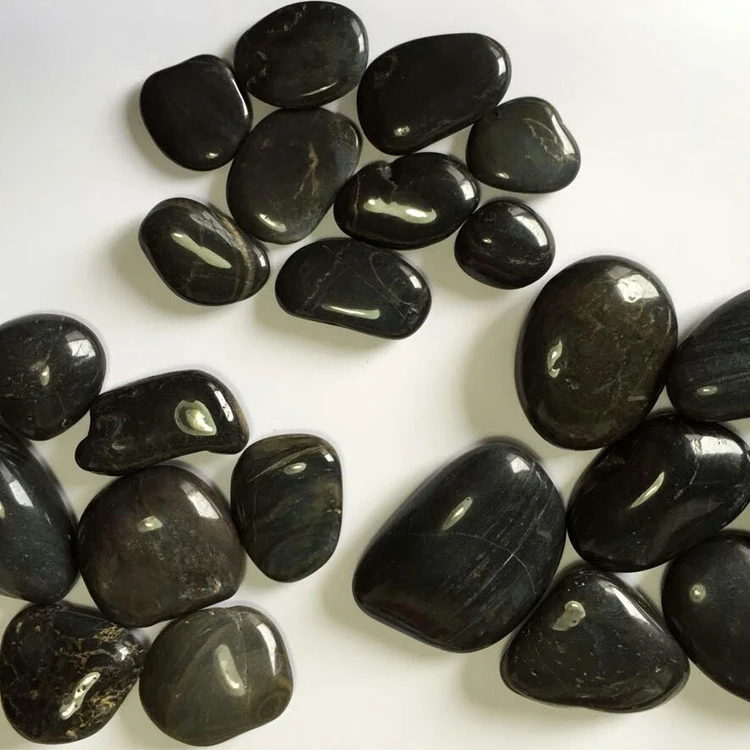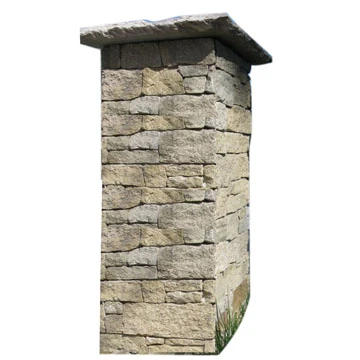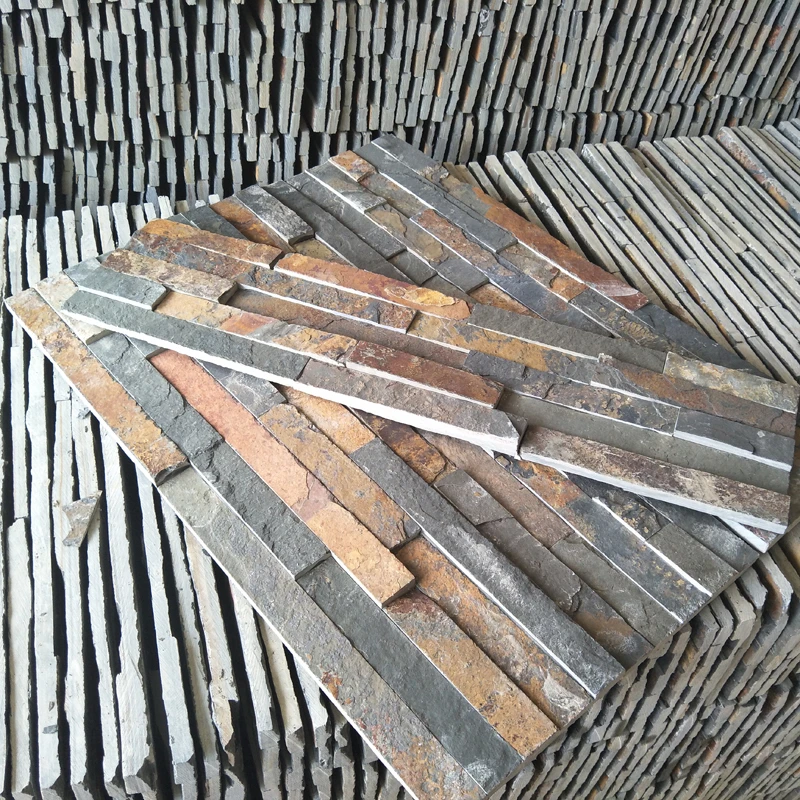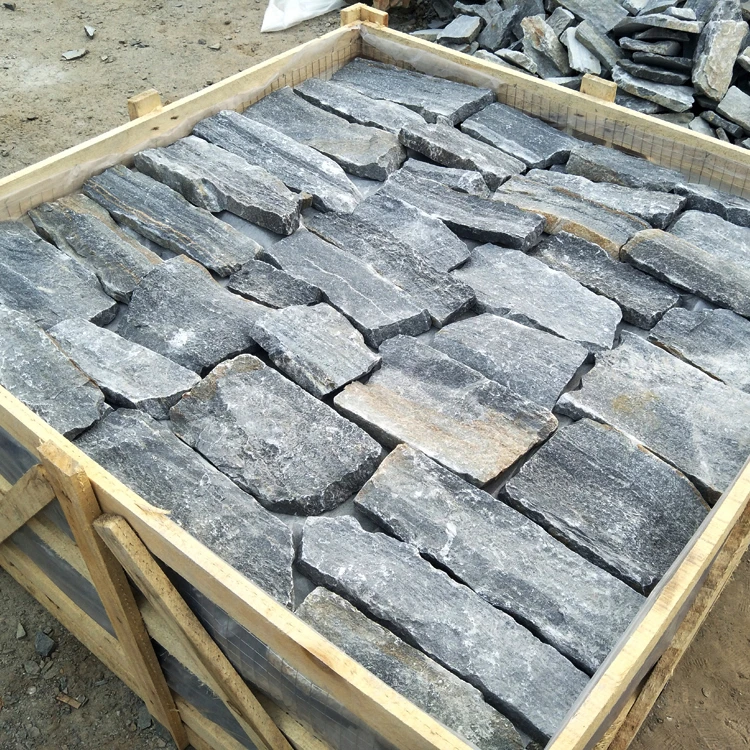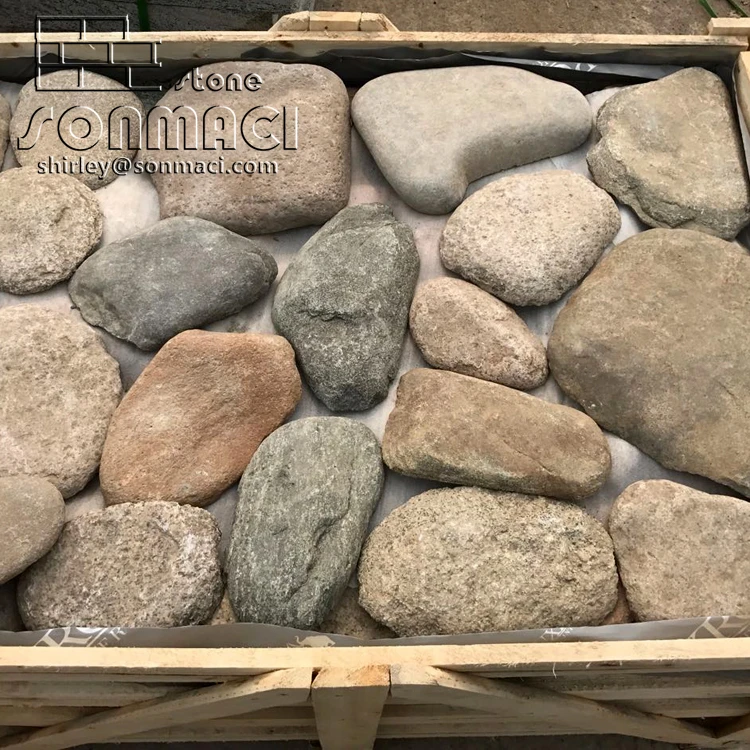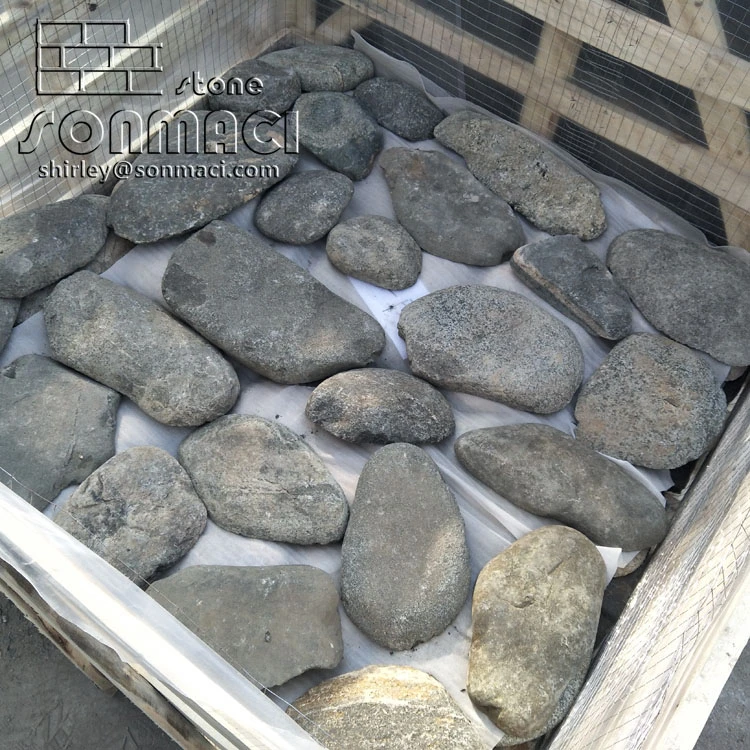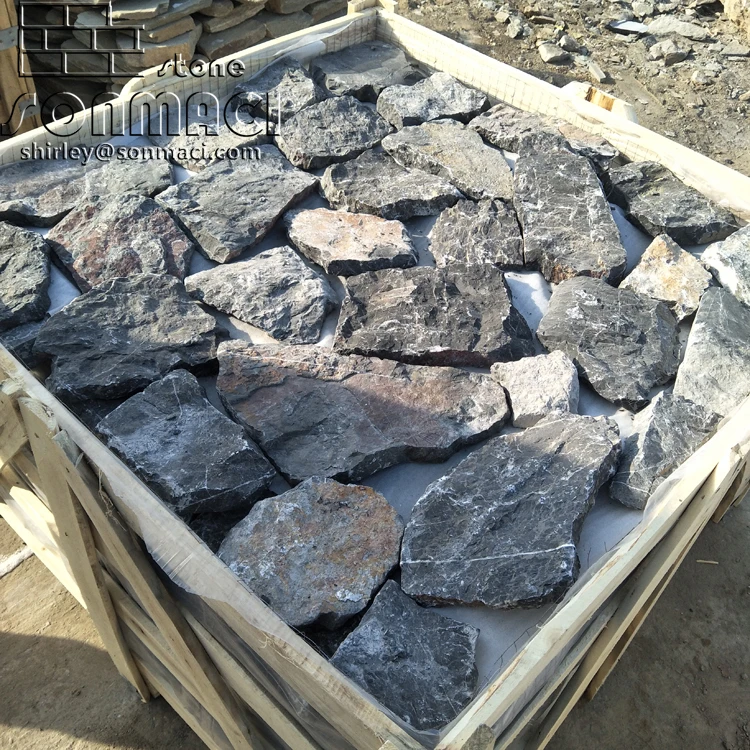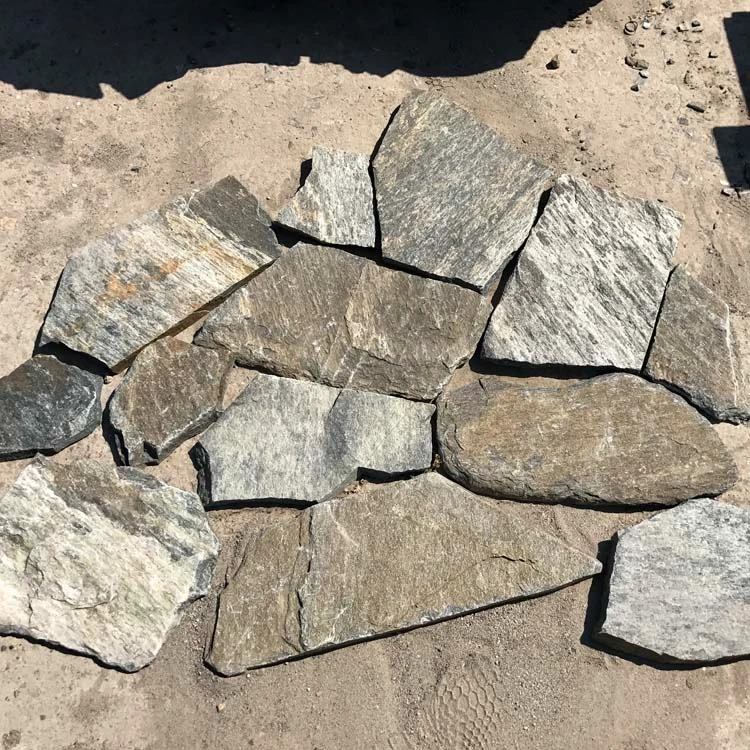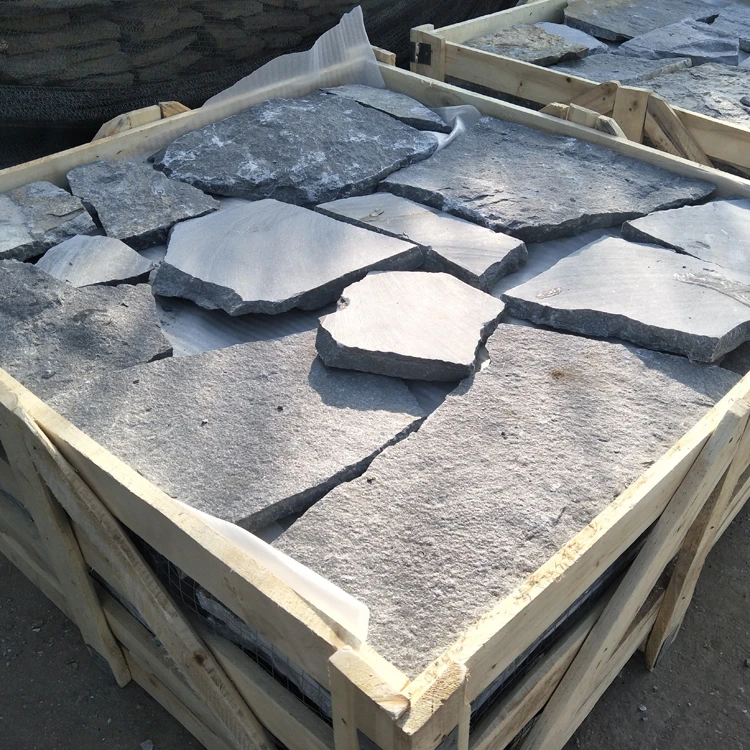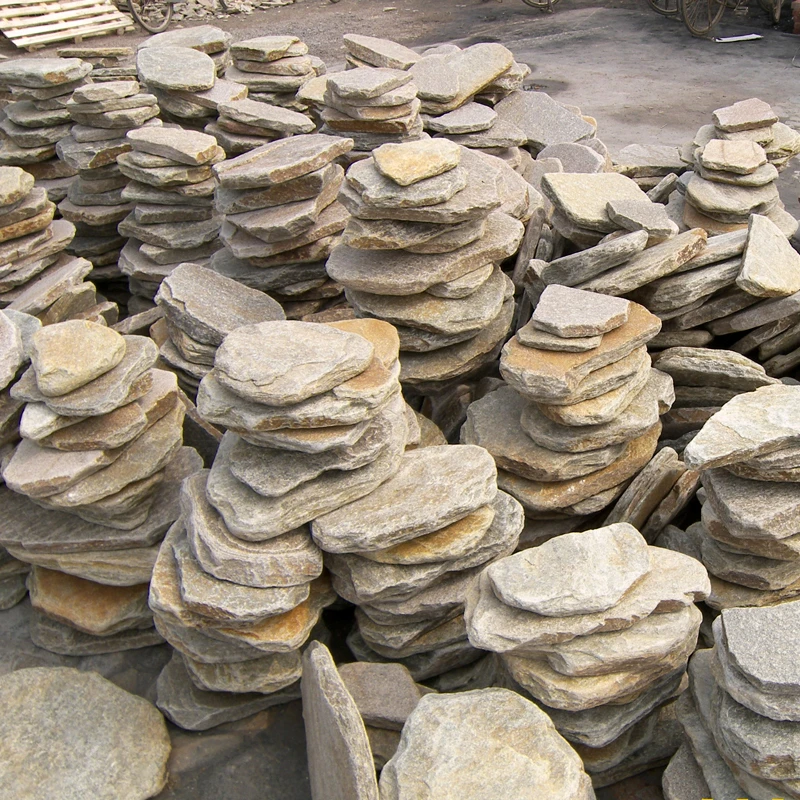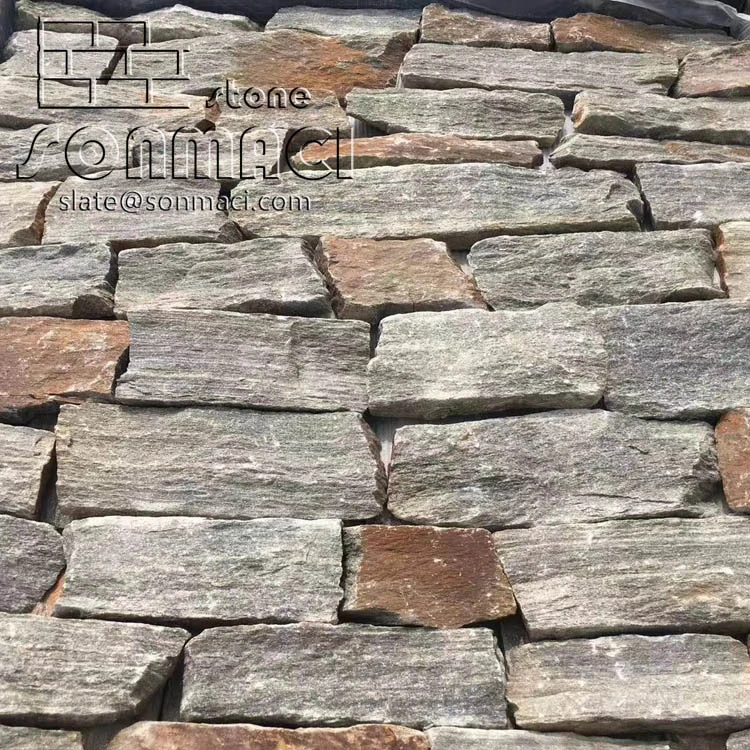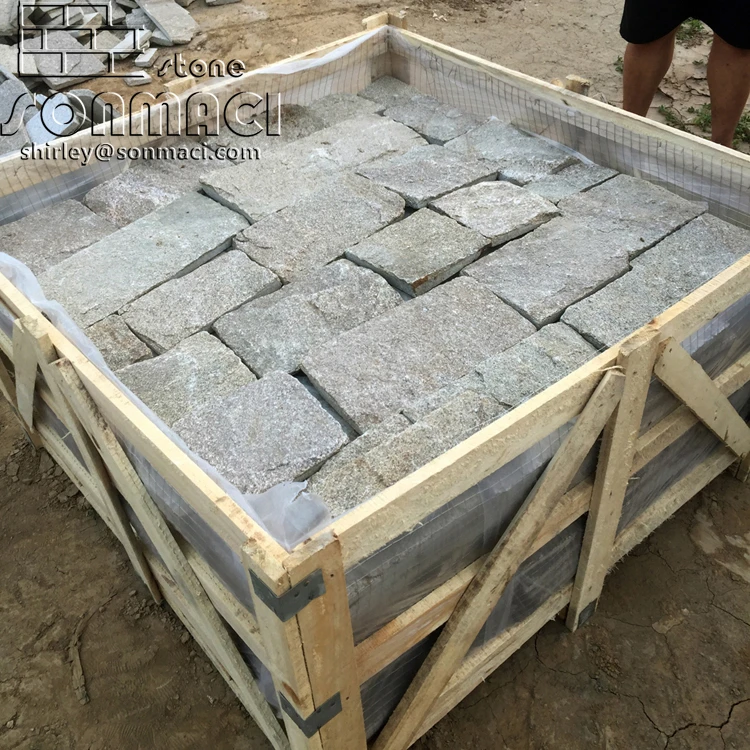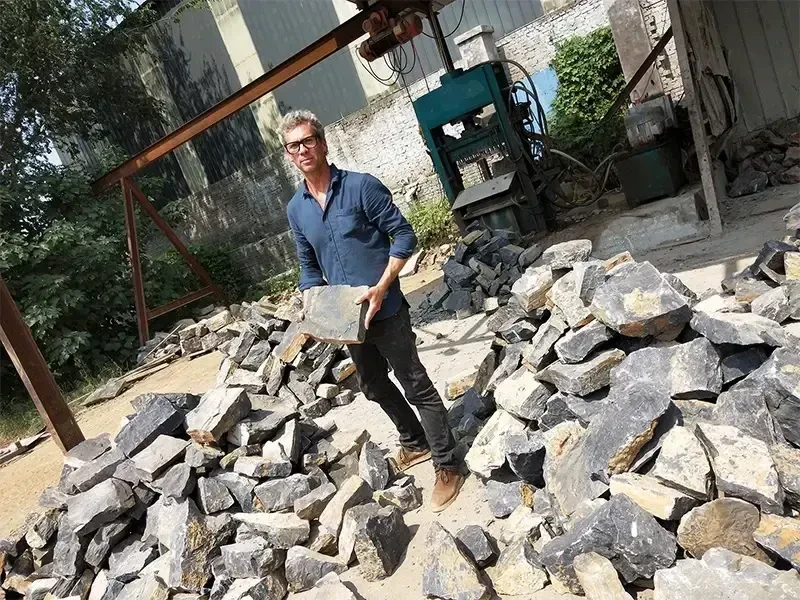Bengal Strips River Pebble Stone For Landscaping
| Item | Bengal Strips River Pebble Stone for Landscaping |
| Material | Natural Stone |
| Color | white /green/black/mixed and more available |
| Surface Finish | Honed, Polished, Natural. |
| Regular Size | 2-3cm,3-5cm,5-8cm |
| Feature | Riched veins, solid texture and bright colors, low water absorption,Resist acid,light,fire and coldness. |
| Usage | For home and garden decoration. |
| Quality Assurance | Our factory deal with Slate Stone products for over 13 years, with rich experience to control best quality. |
| Packing | 20kg/PVC Bag 1T/ T Bag Or According to the customer's requirements |
| Loading Port | TIANJIN/Nanjing |
| Payment Item | 30% T/T in advance and 70% balance at once against the copy of B/L |
| Delivery Time | 15 days for one 20 FCL after receive the deposit |
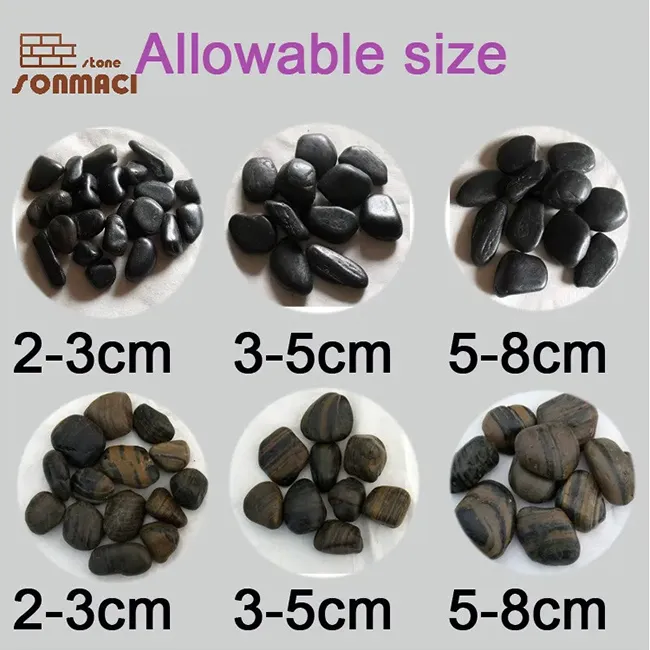
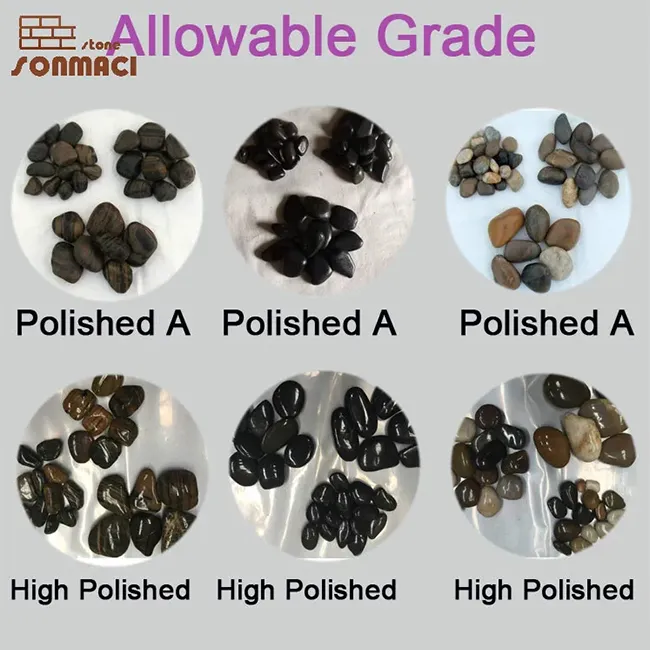
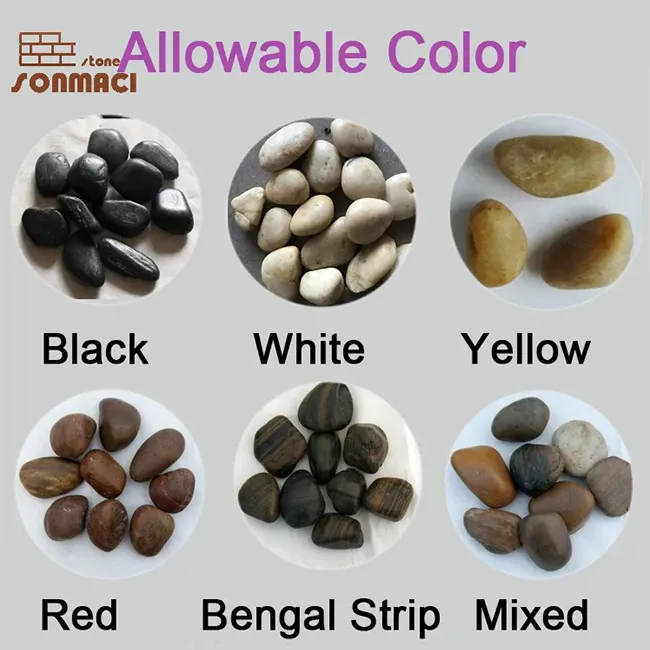
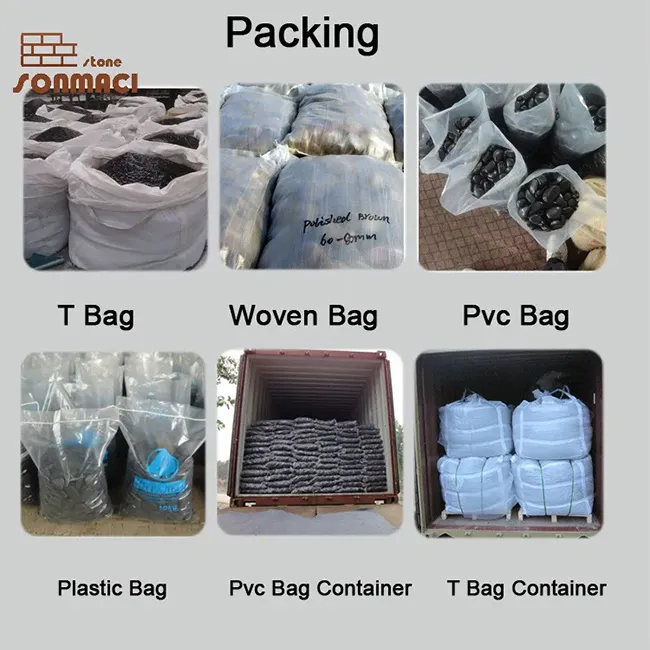
Different Types of Pebbles for Landscaping
Pebbles in landscaping serve as nature's punctuation marks, offering texture, color, and structure to outdoor spaces while performing crucial functional roles. These small, rounded stones have been shaped by centuries of water and weather, each variety carrying distinct characteristics that influence both aesthetics and practicality in garden design. From the whisper-smooth river rocks to the crystalline sparkle of quartzite pebbles, the selection available to landscape artists provides endless possibilities for creative expression and problem-solving.
River pebbles stand as the most versatile players in the landscaping repertoire, their water-worn surfaces and soft edges making them ideal for high-touch areas and barefoot pathways. Formed through millennia of tumbling in riverbeds, these stones range from earthy browns and grays to unexpected hues like burgundy and teal, depending on their mineral composition. Their naturally polished finish reflects sunlight beautifully when used around water features, while their smoothness prevents soil compaction when employed as mulch alternatives in planting beds. The uniform size of premium-grade river pebbles creates a cohesive, manicured look that works particularly well in Zen gardens and contemporary landscapes where visual calm is desired.
Beach pebbles introduce a more organic, unstructured feel to outdoor spaces, their slightly irregular shapes and salt-bleached surfaces evoking coastal landscapes even far from shore. These stones typically show more variation in size and thickness than their river-tumbled cousins, lending themselves to freeform arrangements that mimic natural scatter patterns. Their muted color palette—creamy whites, soft grays, and occasional sea-green specimens—creates a restful backdrop for lush plantings, while their porosity makes them excellent for drainage applications in rain gardens or French drain systems. When used in xeriscaping, beach pebbles help retain soil moisture while providing a clean, weed-suppressing surface that requires minimal maintenance.
Volcanic pebbles bring dramatic contrast to landscape compositions with their porous texture and deep, mineral-rich colors ranging from charcoal black to rusty red. These lightweight stones excel in both decorative and functional roles—their airy structure improves soil aeration when mixed into planting areas, while their dark hues absorb heat to protect delicate root systems in cooler climates. In Japanese-inspired gardens, black volcanic pebbles are often raked into mesmerizing patterns around specimen rocks, creating flowing designs that change with the gardener's vision. Their natural irregularity makes them perfect for crafting dry riverbed features or as a striking counterpoint to smooth concrete in modern hardscaping.
Marble and quartzite pebbles offer a luminous quality to landscapes, their crystalline structures catching and refracting light differently throughout the day. These brighter stones can visually expand small spaces when used as ground cover or create magical moonlit gardens where their pale surfaces reflect nighttime illumination. Polished marble pebbles bring refined elegance to formal garden borders and courtyard fountains, while crushed quartzite varieties provide traction on sloped pathways without sacrificing aesthetic appeal. Their natural coolness underfoot makes them particularly welcome around pools and patios in warm climates.
The scale and placement of pebbles dramatically affect their impact in landscape design. Larger pebbles (3-5cm) make bold statements when used sparingly as accent features or as a stabilizing element on slopes, while smaller grades (1-2cm) create smooth, carpet-like surfaces for meditation gardens or between stepping stones. Layering different pebble sizes can produce intriguing textural contrasts, such as surrounding boulders with gradually diminishing stone sizes to simulate natural erosion patterns. Strategic placement of colored pebbles can guide movement through a space, with light-colored stones marking safe pathways and darker varieties defining planting zones.
Beyond their visual contributions, landscaping pebbles perform essential ecosystem services. They regulate soil temperature, reduce erosion on inclines, and create habitats for beneficial insects when used in wildlife-friendly gardens. Their permeability supports sustainable drainage solutions, while their reflective qualities can enhance natural lighting in shady areas. As the finishing touch that unifies hardscape and softscape elements, the right pebble selection brings coherence to outdoor designs, allowing plants, pathways, and architectural features to exist in harmonious conversation with the mineral world beneath our feet.


